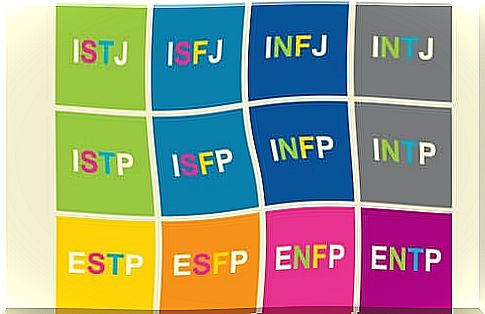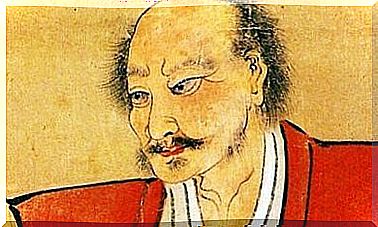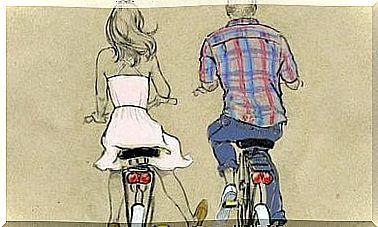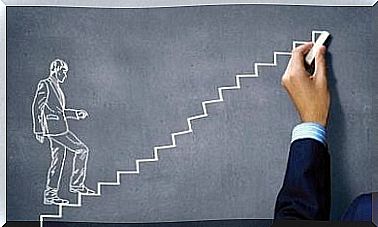Testing The Leadership Styles Of Goleman And Boyatzis

The Goleman and Boyatzis Leadership Styles Test has a very concrete purpose: to assess the impact of certain types of leadership on our emotions. It was in the book Primal Leadership, published in 2011, that these experts first introduced this instrument. They wanted to highlight a very concrete personality, that of the resonant leader.
Daniel Goleman points to the need for the organizational and business world to begin to place greater emphasis on the emotional realm in human capital. As he points out, being a good leader doesn’t just mean, at the end of the day, that a business is successful in being profitable or productive. The leadership style has an impact on each worker, on the climate of the organization, on well-being and on motivation.
Thus, it is interesting to point out that Goleman, like Richard Boyatzis and Annie McKee, emphasize the figure of the resonant leader. It is about this person who presents an adequate self-consciousness to feel what is right or wrong in a situation. A person who puts aside their negative emotions and conveys enthusiasm, confidence and empathy to others.
It is therefore necessary to assess the type of leadership that defines a concrete person in order to understand what he transmits to his team, his employees or his closest entourage. Because a good leader is not the one who has the most power or who indicates the lines to follow. In reality, it is that woman or man who is able to get the best out of everyone around him.
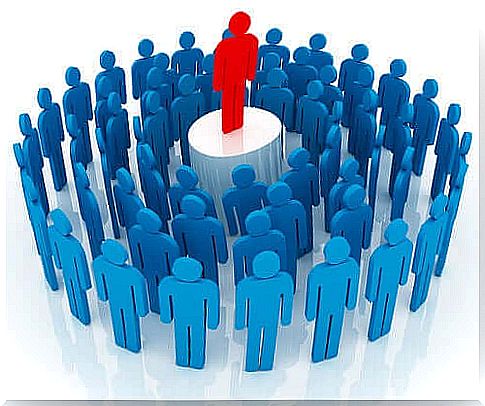
The Goleman and Boyatzis Leadership Styles Test
In the book Primal Leadership, Goleman, Boyatzis, and McKee tell us about six styles of leadership. These profiles are the basis for the Goleman and Boyatzis Leadership Styles Test, a very useful resource for any business owner, HR department, or person who wants to understand how leadership works and put it into practice.
It is nevertheless necessary to clarify one aspect. A leader is not just a facilitator who ensures the success of his team, someone who provides the resources, direction and training necessary to achieve goals in the organization. In reality, a leader is also a person who has an influence on others, much like a friend, family member, neighbor, etc.
For Goleman, Boyatzis and McKee, the most positive and resonant leadership is that which aims to nurture and improve, not just to lead and order. Only in this way can change and well-being be brought about, with people who, in the end, all feel rewarded.
So, testing Goleman and Boyatzis leadership styles doesn’t just give us information about what kind of leader we are. It also gives us indications on those aspects that we should improve.
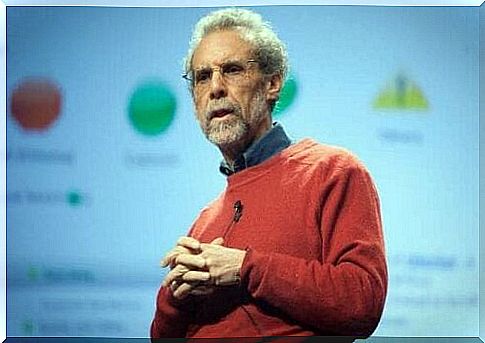
What is the Leadership Styles Test?
The Goleman and Boyatzis Leadership Styles Test consists of a six-part scale. Each of these parts measures a type of leadership. To estimate whether a person has a score that is low, medium, or extremely significant, nine questions are asked.
This test therefore includes 54 items (questions). The assessor should answer Yes / No to each of these questions. Now let’s take a look at the types of leadership assessed in this test.
1. The visionary leader
The visionary leader uses his experience, motivation and enthusiasm to inspire those who follow him. He knows his priorities and passes them on to others with positivity. Moreover, this type of leader tends to leave a lot of freedom to those around him to allow them to achieve each goal with their own resources.
2. The personal trainer
The leader who acts as a personal trainer treats each person in a personal way. He listens to them, helps them and contributes closely to their development within the organization.
3. The affiliate leader
This is the type of leadership that is defined by its empathy. These people are sensitive to other people’s problems and put people before goals. They are able to create a harmonious and balanced environment.
4. The democratic leader
This style revolves around the constant need to reach consensus. The democratic leader encourages team flexibility, as does equality. It takes into account everyone’s needs and relies on encouragement.
5. The leader controller
The leader controller takes himself for reference. He expects others to follow him and act like him / her because he sees himself as a model of superiority and efficiency. He also seeks to achieve short-term goals, oversees every task and wants to have control over every move made by his team.
6. The authoritarian leader
The coercive or authoritarian style relies on and abuses its power. This type of leader wants to be obeyed and respected for his authority. For that, whatever he asks must be done, as quickly as possible.
It should be noted that this type of leadership does not take into account the opinions of others. Things must be done obediently. Any innovative opinion, any different or original suggestion will be considered as a challenge to its authority.
How is the leadership styles test of Goleman and Boyatzis interpreted?
The Goleman and Boyatzis leadership styles test gives us different types of information. For starters, among the six styles described, it is normal to get more points in several types of leadership. Thus, in general, a person can score high in the dimensions of authoritarianism and control; others will have many points in the categories of personal trainer and democratic leader.
According to Goleman, the effective leader “moves with normality” in at least three of the six styles on this scale. The most commendable are the visionary leader, the democratic leader and the personal trainer. Therefore, it can be useful to keep these points in mind, and not just in the professional field.
In a way, we are all part of social groups (friends, family, colleagues…). To put it another way, we are a source of influence. We are able to inspire, support, listen and get the best out of the people around us.
